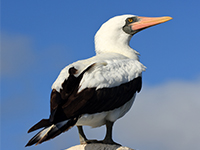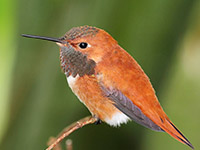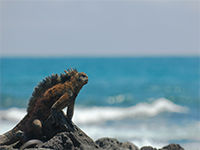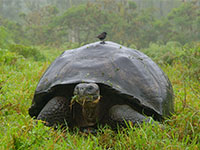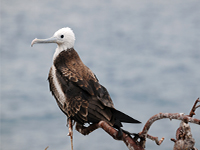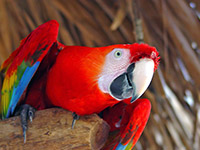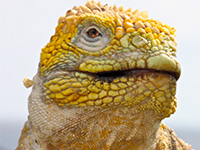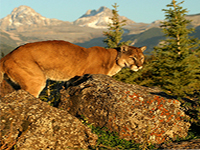Ecuador
The Republic of Ecuador, the second smallest country in South America is surprisingly also one that scores large on the travel quotient. Bordered by Columbia, Peru and the Pacific Ocean, this diversity hotspot also comprises the laboratory of evolution, the Galapagos Islands.
Apart from amazing wildlife, Ecuador also preserves some rare historical locations including the capital, Quito, which is a UNESCO World Heritage Site and Banos, famed for its interesting nightlife. The country also holds the distinction of being the first to have enforced Rights of Nature through its constitution. From the majestic Chimboraza Volcano to the wild Cajas Nationa Park, the serene Lake Mica and exciting Andean mountain trail, Ecuador offers you a chance to truly indulge in wilderness.
Greet the armadillos, the tapirs, the parrots and the cockerels, discover the land of evolution at the Charles Darwin Research Centre in Galapagos, feel the thrill as you explore the ruins of Ingaprica and step into the extremely bio diverse Cotopaxi National Park. In Ecuador, you breathe in the wilderness, relive history and reinstate your belief in the strength of nature
Best time to travel
- Jan
- Feb
- Mar
- Apr
- May
- Jun
- Jul
- Aug
- Sep
- Oct
- Nov
- Dec
Wildlife Highlights
- Four ecological zones- Amazon Rainforest, Andean Highlands, Coastal Lowlands and Galapagos Islands
- A cove of black turtles, the largest population of pirate birds, wild penguins and Darwin’s favorite Iguanas welcome you to the marvelous archipelago of the Galapagos, an island, uninhabited by Homo sapiens, nurturing evolution in its own little refuge
- Around 300 species of mammals, from Amazonian monkeys to rare bats and Andean spectacled bear
- Capuchin monkeys in Misahuallí
- Almost 4500 butterfly species
- Caimans in the Oriente water bodies
- Hummingbirds, toucans, cockerel, white spectacled bear, tapir and armadillo in the ecological hotspot of Antisana Ecological Reserve
- Andean wolves, pumas and llamas in Cotopaxi National Park
- Ramsar Wetland, Cajas National Park with the American condor, Curiquinga (a raptor species), giant hummingbird (the largest Hummingbird in the world) and the violet throated metaltail
- Black breasted puffleg in Yanacocha Reserve
- Maquipucuna Reserve with its treasure of endangered and endemic species
- Cock of the rock Lek site at Angel Paz Reserve
- Special birdwatching trails at Cordillera de Los Huacamayos


